Homeowner Resources

Your Essential Home Information from Meadowlark Design+Build
At Meadowlark Design+Build, our focus is on how we help you now and in the future. Whether you're starting a new project or wrapping one up, you can count on us for the knowledge and tools you need for a seamless transition through each phase of your home project.

Pre-Construction Resources
Getting Ready For Your Home Project
As you prepare to build or alter your space, you'll likely be moving, removing, purging, and discarding various household items. To assist you with these preparations and make the process as stress-free as possible, we've compiled a list of helpful pre-construction resources from local moving companies to temporary storage to organizations to make donations.

Movers
6544 Jackson Road, Ann Arbor, 734-913-9966
125 Dino Drive, Ann Arbor, 734-418-0575
Handle with Care Moving Company
4260 Varsity Drive, Ann Arbor, 734-677-2000
Storage + Packing
36501 Van Born Road Ste 110, Romulus, 855-706-4758
10049 Harrison Road, Romulus, 877-627-8269
3655 S. State Street, Ann Arbor, 734-994-1156
Online crate and moving company. Simple, convenient, and sustainable.
Donations
We’re passionate about Building Better Futures. If you are too, consider donating to the organizations below. By donating your unused items, you can prevent landfill waste and turn your belongings into treasures for others.
Habitat for Humanity Restore: 6241 Jackson Road, Ann Arbor, 734-276-0599
- Building materials + furnishings
- See websites for specifics
Avalon Housing: 1327 Jones Dr, Ann Arbor, MI 48105, 734-663-5858
- Ann Arbor's non-profit organization providing housing and furnishings for low-income families
- Bedding, dressers, mattresses, living room and dining room goods, hangers, cleaning supplies, etc.
HouseN2Home: 5361 McAuley Dr. Suite 1125, Ypsilanti, MI 48197, contactus@houseN2home.org
- Furnishings (must send pictures for acceptance)
- They do not take desks
- See the website for furniture details
Kiwanis Sale: 100 N Staebler Rd Suite C, Ann Arbor, MI 48103, 734-368-9738
- Toys, tools, linens, sporting goods, collectibles, antiques, kitchen goods
SOS Community Services: 114 N River St, Ypsilanti, MI 48198, 734-485-8730
- Based in Ypsilanti and their focus is homelessness
- Personal care, food pantry, first aid items
Ann Arbor Thrift Shop: 3500 Washtenaw Ave K, Ann Arbor, MI 48104, 734-662-6771
- Mission: Emergency social service aid through Ann Arbor Community
- Housewares, china, linen, books, home decor, surface decorations
PTO Thrift Shop: 2280 S Industrial Hwy, Ann Arbor, MI 48104, 734-996-9155
- Mission: Non-profit that funds Ann Arbor Public Schools
- Clothing and Furniture in good shape
- They will pick up large furniture (quantity and/or size) donations
Scrap Creative Reuse: 4567 Washtenaw Ave, Ann Arbor, MI 48108, 734-800-4137
- Mission: inspire creative reuse and environmentally sustainable behavior by providing educational programs and affordable materials to the community
- Craft items and leftover materials (fabric, gift bags, thread, yarn, crafting supplies)
Humane Society of Huron Valley: 3100 Cherry Hill Rd, Ann Arbor, MI 48105, 734-662-5585
- Mission: improve and save lives through compassionate care, community engagement, and advocacy for animals.
- Gently used or new bath towels (but no hand towels), small blankets, and pet beds that can be laundered in a normal washing machine.
Post-Project Home Care Guide
How to Keep Your New Home in Tip-Top Shape
Congratulations on moving into your brand new or recently remodeled Meadowlark Design+Build home. We hope you love it! But how do you care for those beautiful new features and finishes? Our Home Care Guide has all the information you need to properly care for your new home from floor to ceiling, ensuring it stays as stunning as the day you moved in.
Granite Countertops
Daily cleaning: Use mild dish soap and water on a soft sponge or microfiber cloth. Wring out excess water (granite can be stained by standing water), and wipe the surface. Dry the countertop with a paper towel or a soft cloth to prevent water damage and streaking.
Counter polish: Use a reputable counter polish if you desire to increase the luster of the countertop.
Do not use: The items below can etch and dull the finish of your granite and wear away your sealer over time.
- Household acids including vinegar, lemon, lime, and citrus
- Ammonia or ammonia-based cleaners like Windex
- Bleach
- Steel wool
- Scrubby sponges
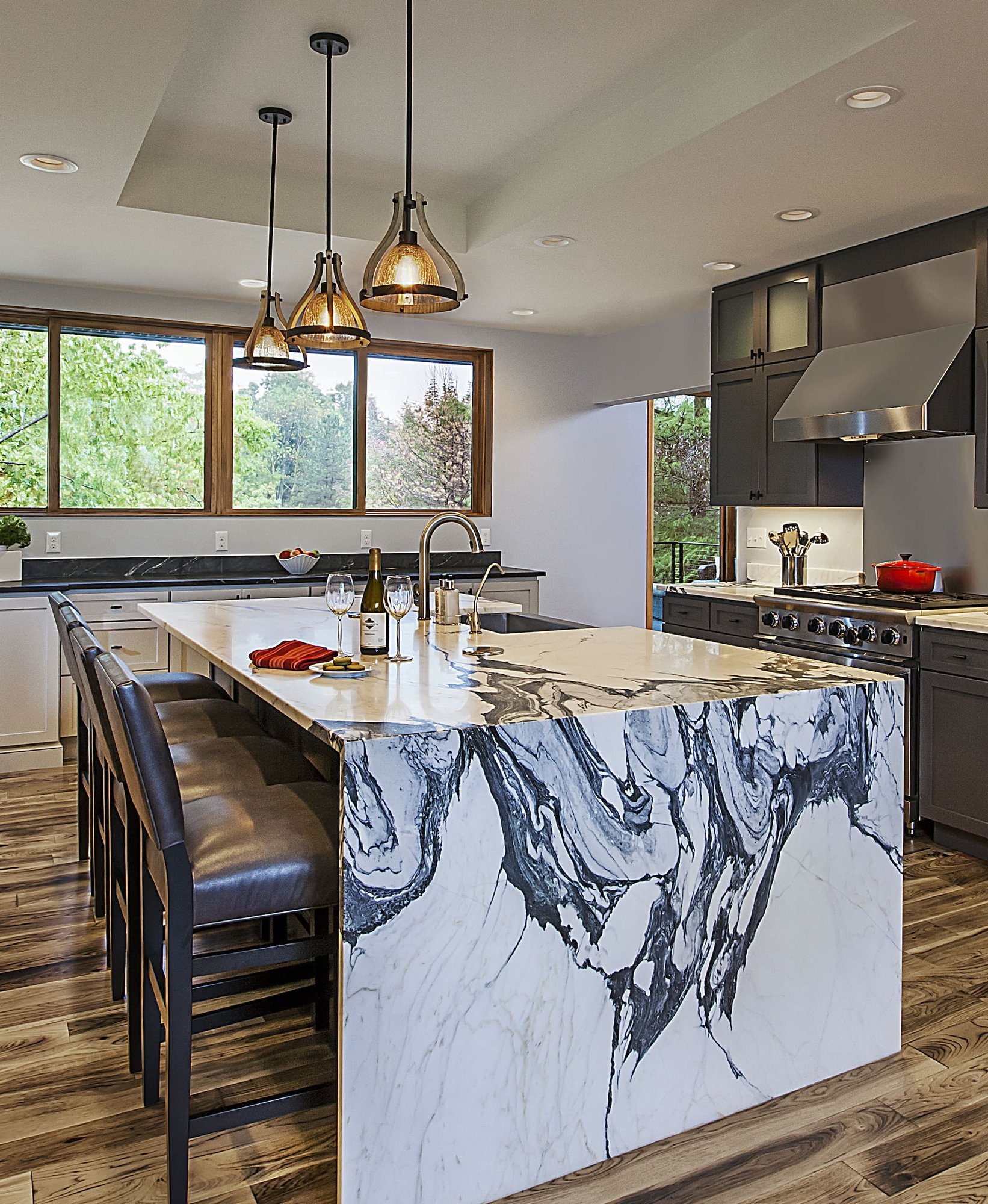
Wood Countertops & Butcher Block Counters
Solid wood countertops and butcher blocks require care specific to the type of finish applied. Both finishes are susceptible to damage from heat, so be sure to keep hot pans, pots, and other items off your wood countertop.
Food-safe mineral oil:
- Surfaces with this finish need to be re-oiled on a regular basis to protect the integrity of the countertop and to protect against water intrusion and staining. Typically, a reapplication of oil is required every 1-2 months or as soon as you notice the surface looking "dry". Simply flood the surface with mineral oil (available at drug stores), let it soak into the wood for a few minutes, and wipe dry. Be sure to safely dispose of oily rags, as they can self-combust.
- Spills should be wiped up immediately and liquids should not be allowed to stand on the surface for any extended time.
- Clean with warm, soapy water and wipe dry. A small amount of bleach or vinegar may be added to increase cleaning power.
- Any imperfections (stains, dents, etc.) can be sanded out and the top made to look new again. To do so, use 150 grit sandpaper on the affected area (being sure to sand in the direction of the grain) and re-oil to make it look like new.
Permanent finish:
- Permanent finish is a maintenance-free product that is water-proof and resistant to most household chemicals and foods that typically stain. Special care must be taken in the first month of use since the finish has not fully cured and will be more susceptible to damage.
- Use only soapy water to clean your countertop during this period. Clean with warm, soapy water and wipe dry.
- Household cleaners may be used after the first month.
- Do NOT chop on a countertop with this finish.

Hardwood Floors
Keep your gorgeous hardwood floors looking brand new.
- To defend against scratches and surface damage, give your floors a good dusting with a microfiber mop or cloth daily. Microfiber cleaning pads often use static electricity to trap dirt, particles, and other household allergens.
- Avoid using water and vinegar, soap-based cleaners, wax, or steam cleaners on hardwood floors. Vinegar and water can dull the floor’s finish over time, while soap and wax leave a residue. Steam cleaners put heat and excessive water on your floor, which can lead to cupping and long-term damage.

Porcelain Tile
Porcelain is extremely stain resistant, but as a rule, all spills should be removed as quickly as possible, including staining agents, acids, alkalis, and colorants.
Always rinse thoroughly with water and dry immediately after cleaning.
Daily cleaning: Use a slightly damp microfiber cloth.
Regular cleaning: Use a neutral liquid detergent with a microfiber cloth or soft sponge.
Stubborn spots: Always test on a small, inconspicuous area first. Rinse thoroughly with water & dry immediately after cleaning. Use a slightly abrasive sponge and one of the recommended stain removers when necessary:
- Mild dish soap
- Mr. Clean
- Neutral floor cleaner
- 409
- Spic & Span
- Fantastic
- Windex
- Lysol
- Soft Scrub
- Mr. Clean Magic Eraser
- Bar Keepers Friend
Do not use steel wool – it will leave metal marks on the surface. While you should avoid cutting on the surface altogether, do not use ceramic knives on your porcelain countertops.
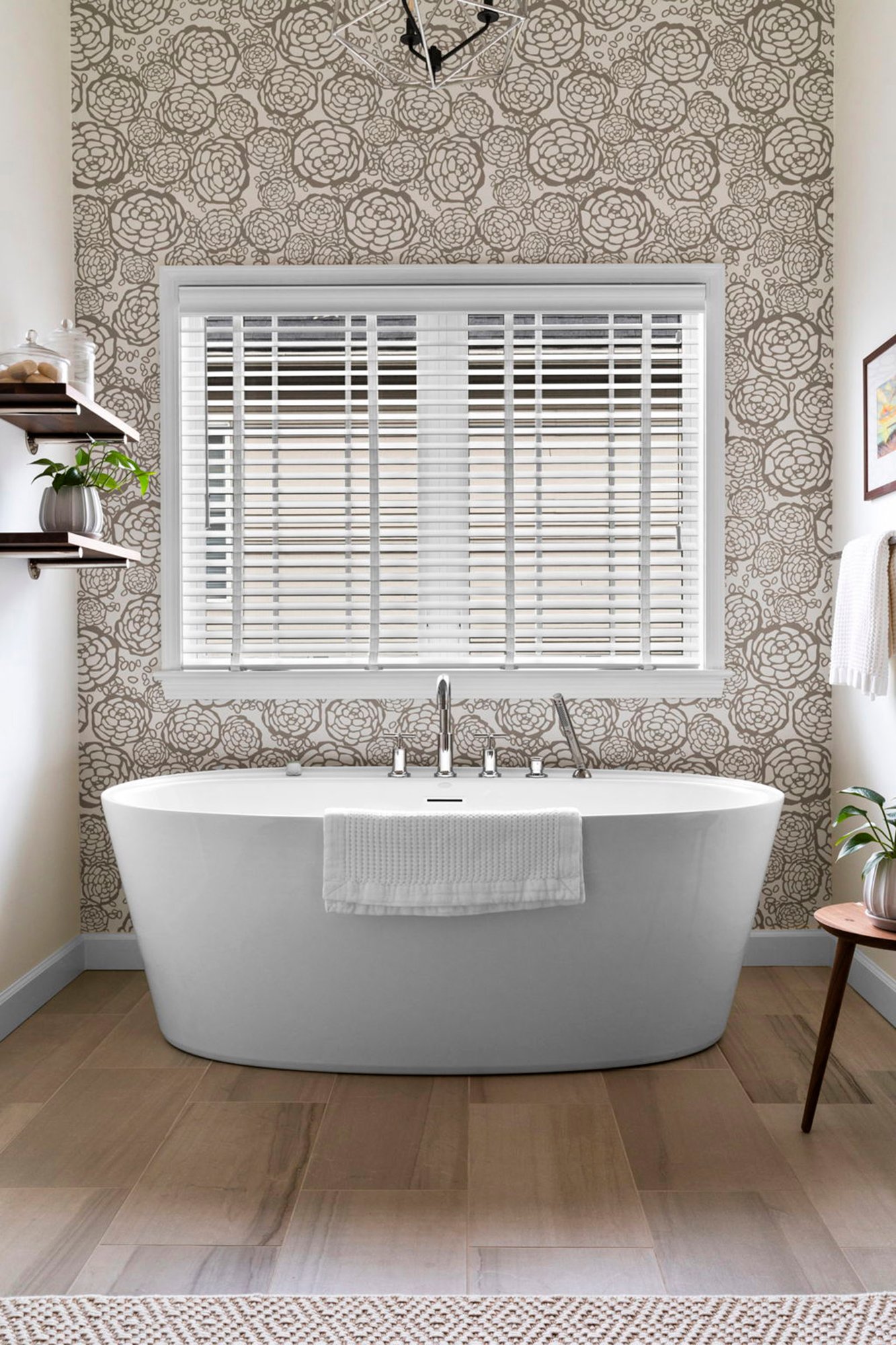
Marmoleum Flooring
Clean with mild soap and water using a mop.
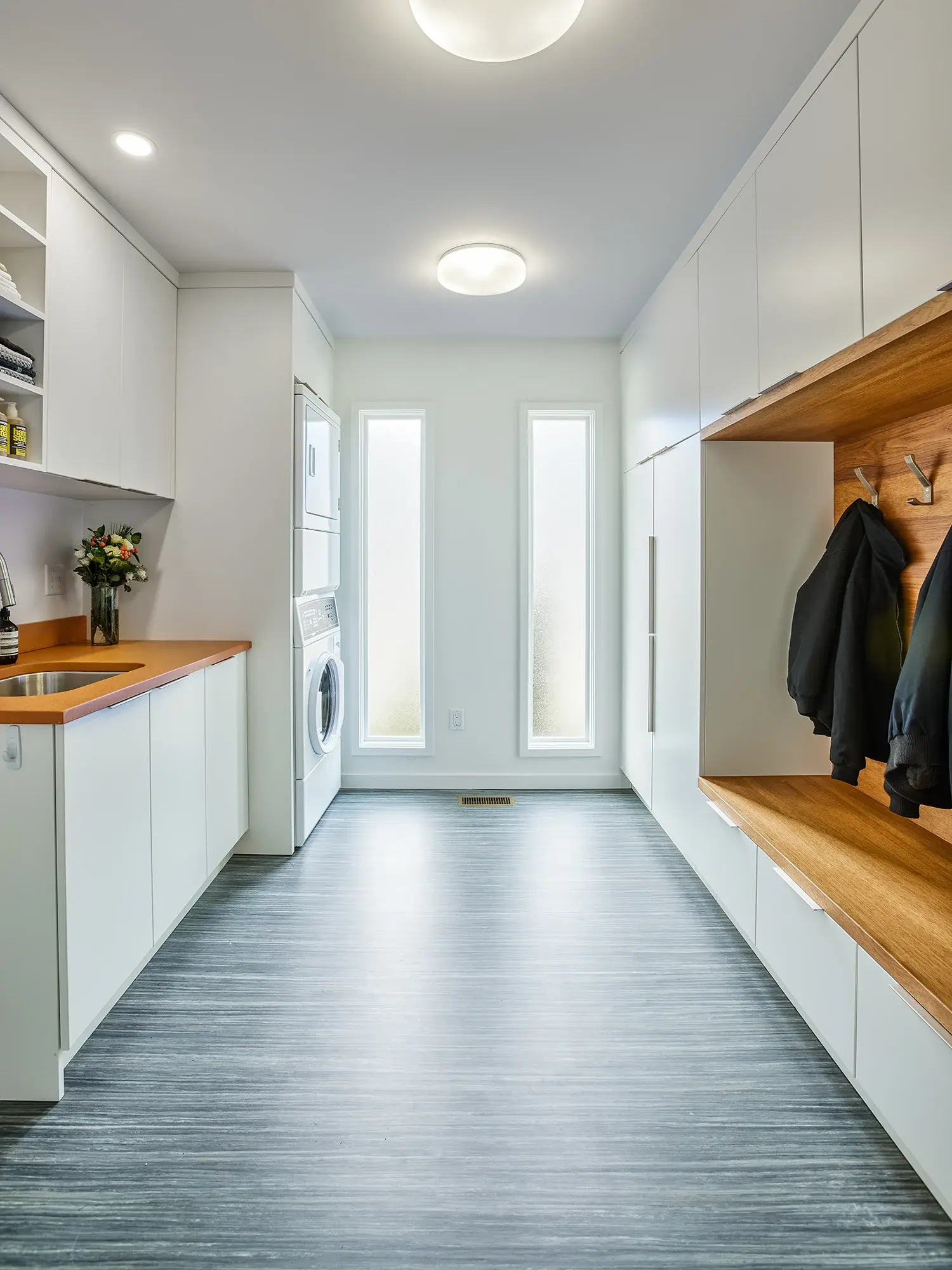
Stainless Steel & Brass
Clean surfaces with a mild cleaner, like dish liquid. Always use a cotton cloth. After surfaces are dry, use a reputable stainless steel polish or brass polish.
- Stainless steel polish recommendation: Sheila Shine
- Brass recommendation: Never Dull
Do not use abrasive applicators such as Scotch Brite or microfiber towels.

Quartz
Quartz is designed to be very low-maintenance, durable, and not easily damaged. Keep yours looking new by following the care & maintenance instructions below:
Daily cleaning: As needed, simply wipe down your quartz surfaces with a damp cloth and dry completely to avoid water spots.
Stubborn spots: While quartz is non-porous and will not stain, sometimes stubborn spots can linger longer than you would like, especially with white and lighter colors. In order to get rid of these spots, use a soft cloth or sponge with a non-abrasive cleaner, such as Soft Scrub Liquid Gel. Apply cleaner to a cloth or sponge, not directly to your quartz surface, and wipe the surface. Repeat until you have removed the spot. Thoroughly rinse the surface and wipe dry to prevent water spots.
Grease spots: Wipe grease spots with isopropyl (rubbing) alcohol and wipe the spot. Repeat as necessary until desired results have been achieved. Always follow cleaning using mild soap or detergent as outlined above, then thoroughly rinse with cool water and dry with a soft cloth or paper towel.
Recommended cleaning products: While we are partial to our Pristine Clean, there are a variety of other products that are safe to use on your quartz countertops. Please avoid the products listed below, as not all products are created the same, and certain variations may include harmful chemicals or additives that could damage your quartz.
Do not use: illustrative, not comprehensive. If a cleaning agent, tool, or technique is not explicitly suggested in the cleaning methods section above, it is NOT recommended for your quartz counter.
- Abrasive cleaning pads such as Scotch Brite or the equivalent (any color).
- Magic Erasers or equivalent melamine sponges.
- Steel wool, SOS, Brillo, etc.
- High-acid cleaners such as tub & tile cleaner, mold remover, rust & hard water stain removers, toilet bowl cleaner, drain cleaner, etc.
- Powdered oxalic acid (e.g. Bar Keeper’s Friend)
- Alkaline cleaners such as bleach, ammonia, oven cleaner, etc.
- Oil soaps

Cabinetry
Wipe cabinets down with a cotton cloth and water mixed with a mild cleaner, such as dish soap.
Don't use abrasive clothes or chemicals on painted or wood cabinet surfaces.

Shower Glass
- Use Rain-X® or Lemon Oil on the inside of the glass to help prevent water spotting between cleanings
- Mild abrasives may be used on the glass to remove lime or rust buildup
- Use a squeegee after each use to remove standing water
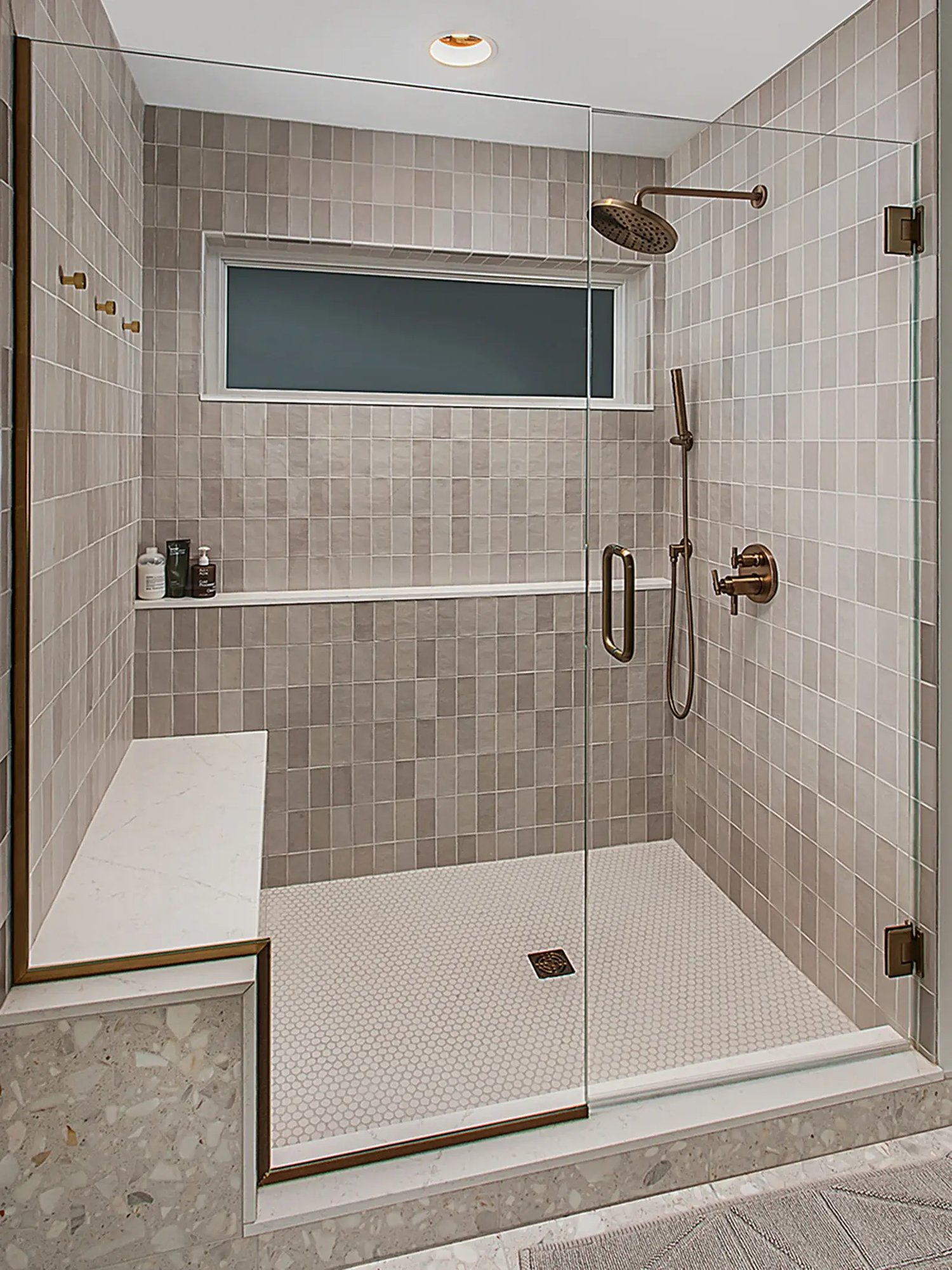
Drain Maintenance - Sewage Smells and Other “Off” Odors
- Basement drains may start to smell, generally when a P-trap has dried out. This happens when they don't get much use and the water evaporates. Every few months, put water down every fixture drain in the basement.
- A small amount of mineral oil can be added to drains. Because it's not organic, it doesn't putrefy, and it's lighter than water, so any water will go through the oil. You don't need much of it, just enough to be above the p-trap. Don't overdo it because you don't want it in the septic tank, as it doesn't break down like organics.
- This should help solve sewage smells and other off odors in a house.
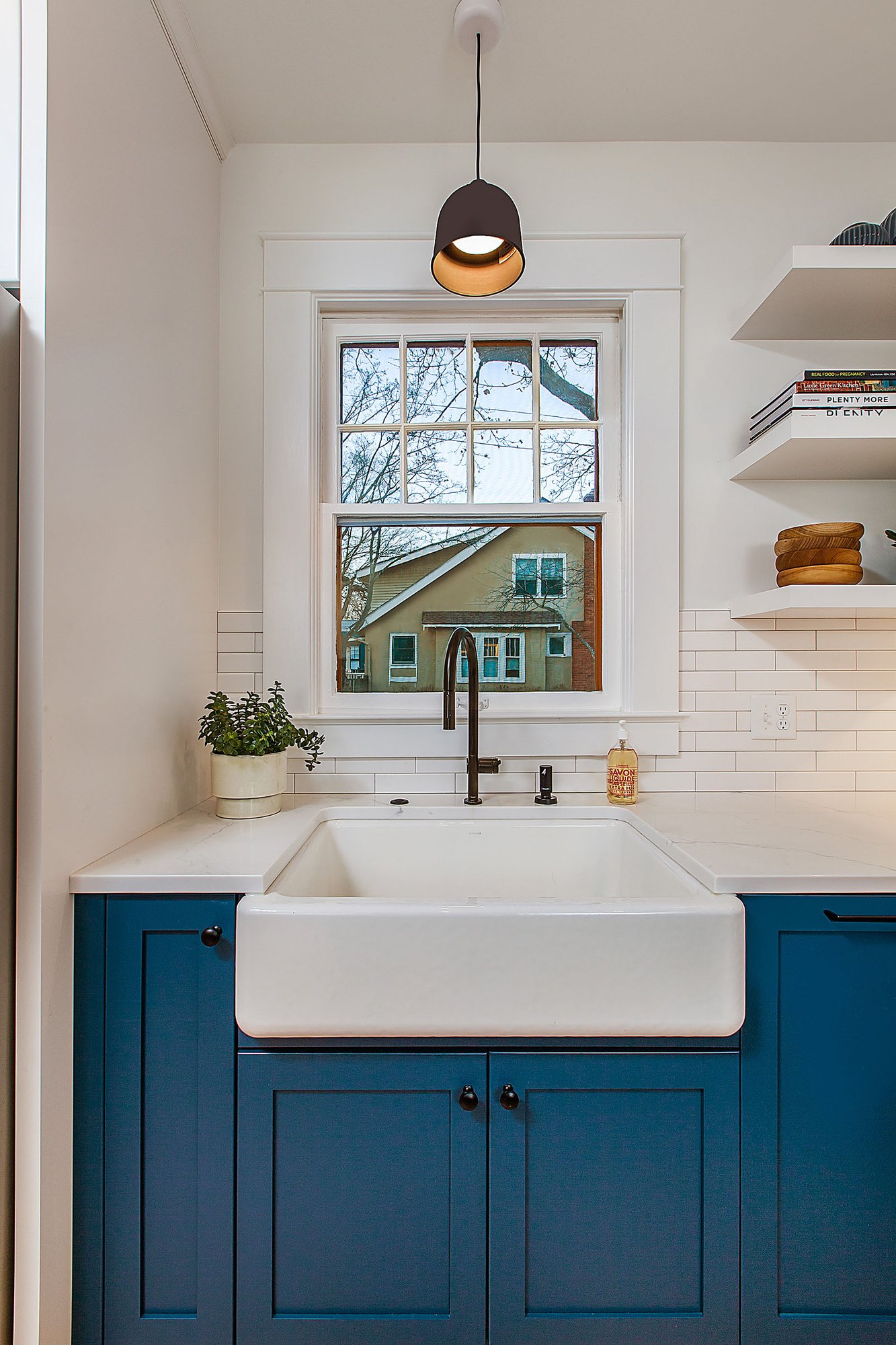
Hot Water Heater Maintenance
Increase your hot water heater's efficiency and longevity with regular maintenance. Sediment buildup shortens the life of your water heater and adds to your energy bill by reducing its efficiency, so flushing the tank and checking the anode rod should be performed annually.
- Drain the tank to flush out sediments that have settled to the bottom of the tank. This can be carried out by a professional company or by you if you're handy enough.

Ejector Pump
- Annual checks should be performed to confirm it’s working. Depending on how much one runs, it could last 1–5 years.
- If your ejector pump has a battery backup system, test batteries every 3-6 months.

Smoke Alarm Maintenance
A smoke alarm only works when it is properly installed and regularly tested. Take care of your smoke alarms according to the manufacturer's instructions. Below are some general maintenance tips.
General alarm maintenance
Here are some general maintenance tips for different types of alarms:
- Alarm powered by a nine-volt battery or AA batteries:
- Test the alarm once a month.
- Clean the alarm monthly. Replace the batteries at least once every year.
- Replace the entire smoke alarm every 10 years.
- Alarm powered by a 10-year sealed (or “long-life”) battery:
- Test the alarm once a month.
- Clean the alarm monthly.
- Since you cannot replace a sealed battery, replace the entire alarm after you hear the end-of-life signal (5 chirps).
- Alarm hardwired into your home's electrical system:
- Test the alarm once a month.
- Clean the alarm monthly.
- Replace the backup battery at least once every year.
- Replace the entire alarm every 10 years.
False alarm
If a false alarm is activated, one of the following may be the reason:
- The sensing chamber may be dirty
- Humidity, steam, or other environmental factors
- An electrical condition may be causing power to the unit to be interrupted
You can access more information on how to resolve intermittent beeping or chirping.
Cleaning your alarms
Clean your alarms at least once a month to ensure smoke or CO can reach the alarm's sensing chamber.
Instructions: Gently vacuum the outside of the alarm using your household vacuum’s soft brush attachment. A can of clean compressed air (sold at office supply stores) may also be used.
Note:
- Excess moisture can damage the unit.
- Never use water, cleaners, solvents, or air compressor machines to clean your alarm.
For more information on fire safety in your home, please go to the US Fire Administration website.
.jpg?height=2000&name=MEADOWLARK_LAKE_HOME_REMODEL_LOWER_LEVEL_STAIRS_IMG_7551_WS%20(1).jpg)
Concrete Maintenance
Do not put salt down on concrete for the first winter. Use “driveway safe” salt beyond the first year.

Dryer Vent Maintenance
Proper maintenance involves more than just emptying the lint screen, so it's important to know how to clean a dryer, including the vent, drum, and exterior.
Follow these steps to clean your clothes dryer inside and out and keep laundry day on track.
